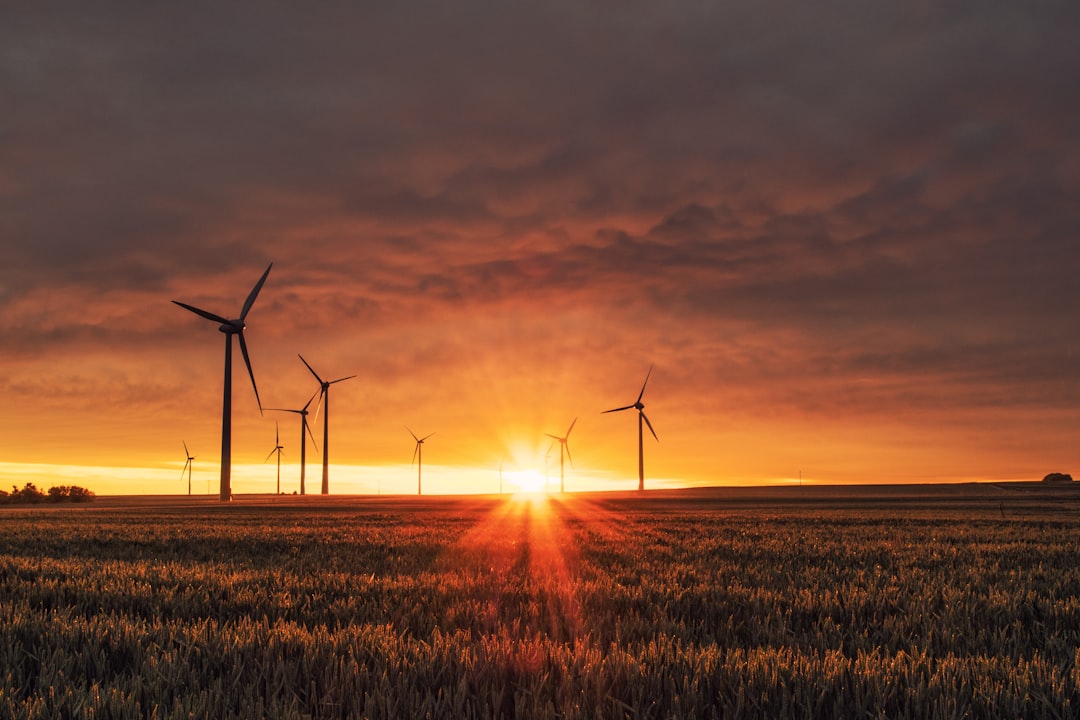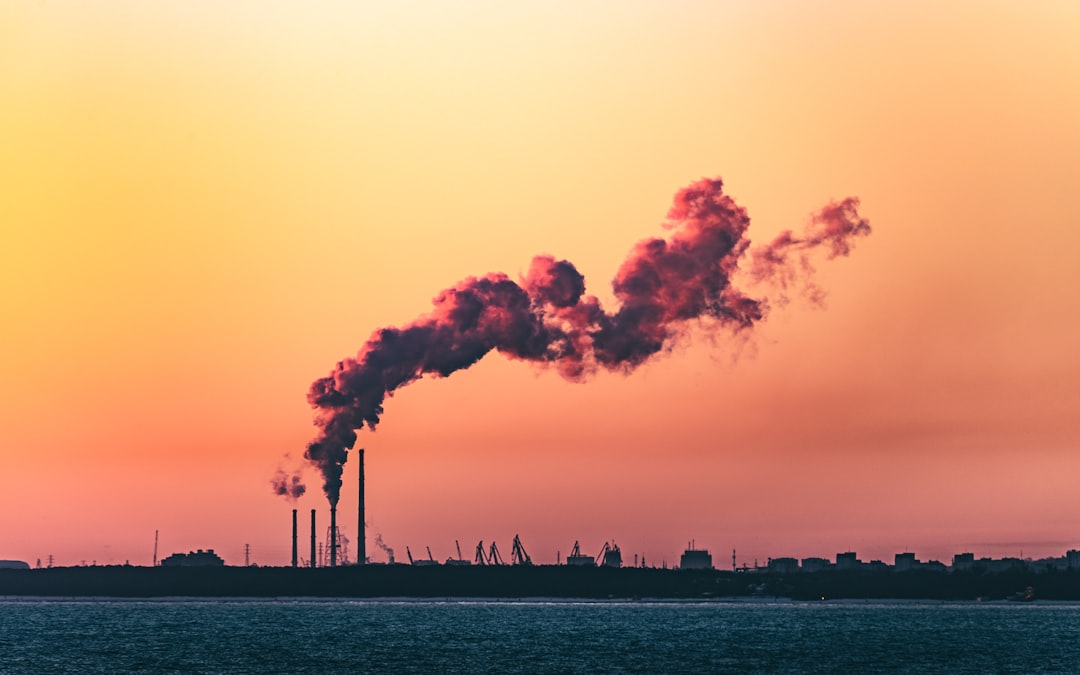What is it about?
Contrary to other studies that have focused on the geomorphology of the lake, this study analyses the socio-environmental impact and provides a sustainable adaptive governance management model for its revival.
Featured Image
Why is it important?
Lake Urmia (Urumieh in Persian) in north-western Iran is one of the largest permanent hyper-saline lakes in the world and the largest lake in the Middle East. It has numerous ecological, economic and social implications in terms of biodiversity, climate, species, habitat, tourism and recreation. However, during the past decade, the lake has shrunk significantly and its depth has fallen by almost 6m.
Perspectives
This study reveals that unless various stakeholders and affected parties are actively involved in an implementable adaptive governance model, the fate of the lake will remain uncertain.
Professor Hossein Olya
University of Sheffield
Read the Original
This page is a summary of: Sustainable planning model toward reviving Lake Urmia, International Journal of Water Resources Development, September 2014, Taylor & Francis,
DOI: 10.1080/07900627.2014.949636.
You can read the full text:
Contributors
The following have contributed to this page










